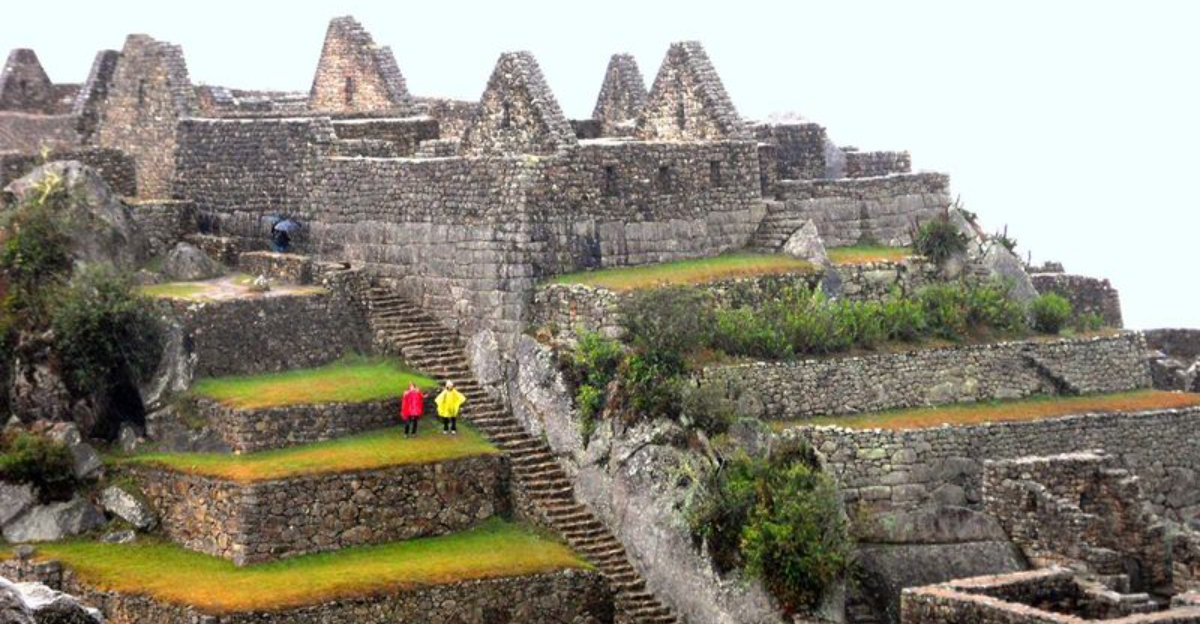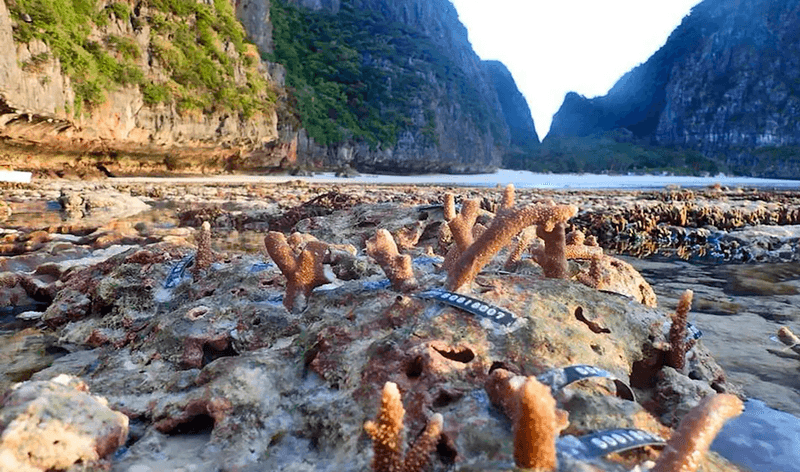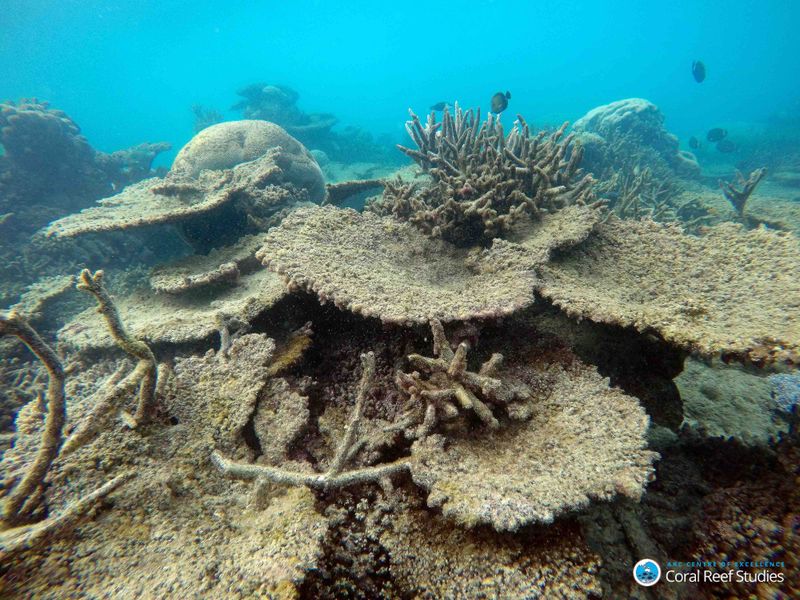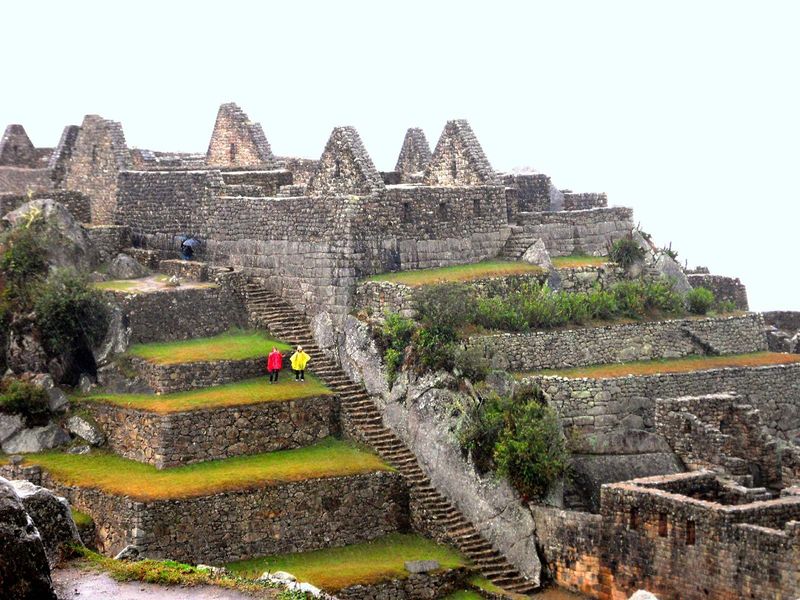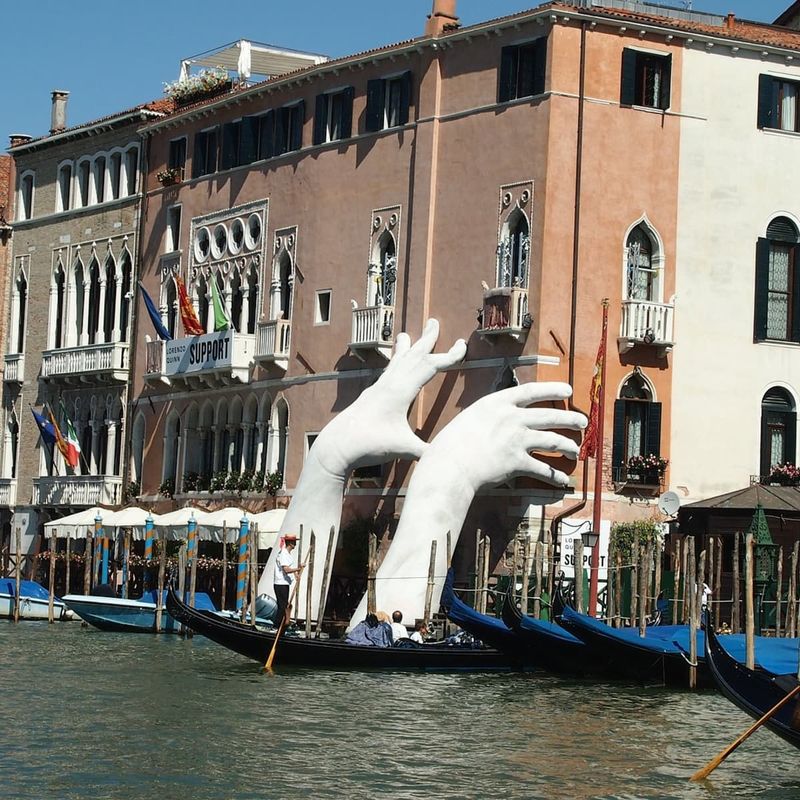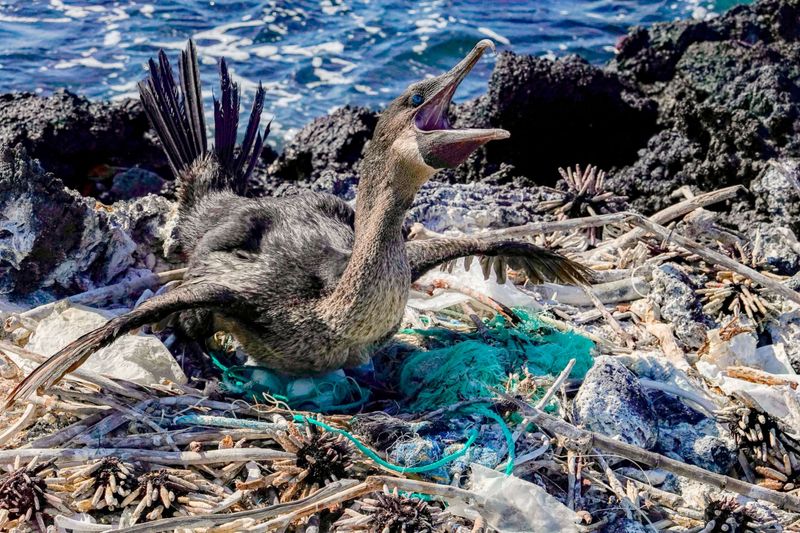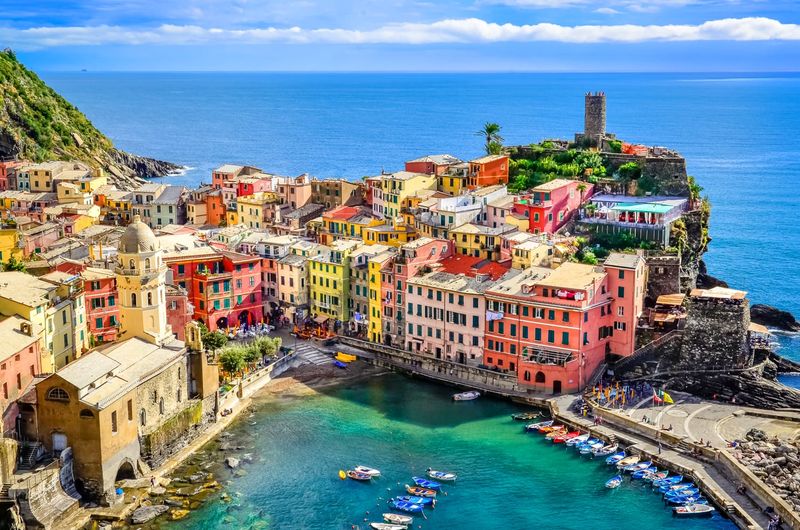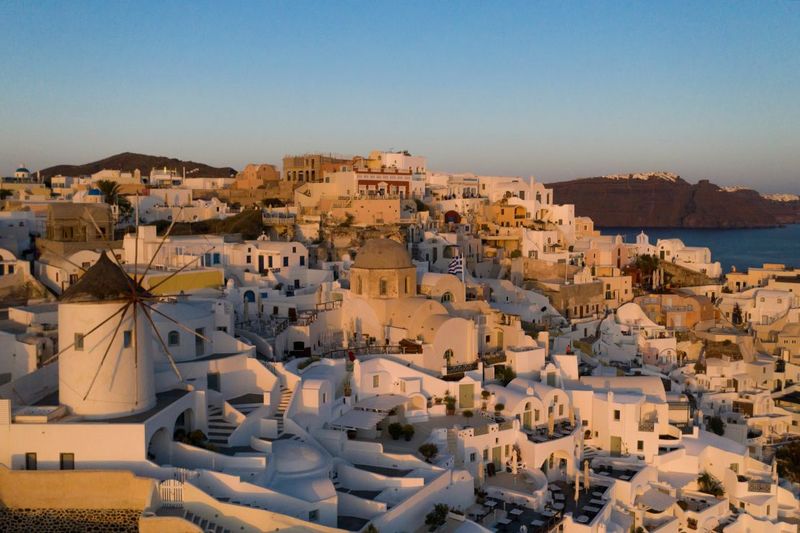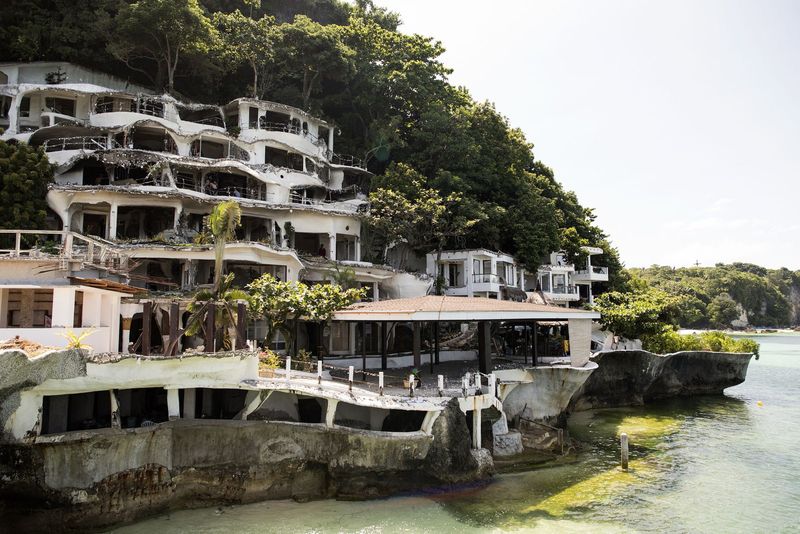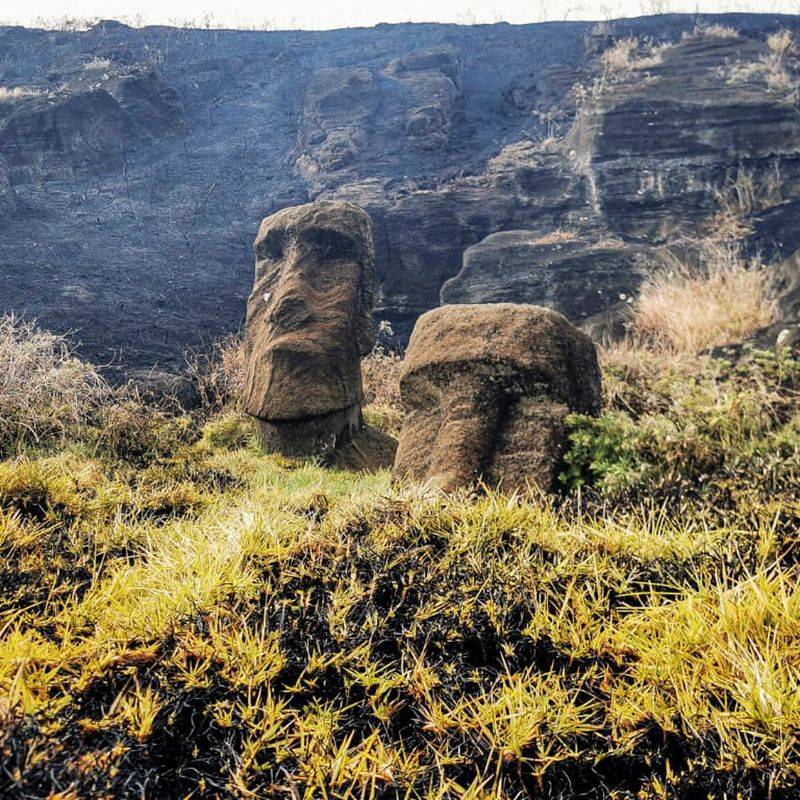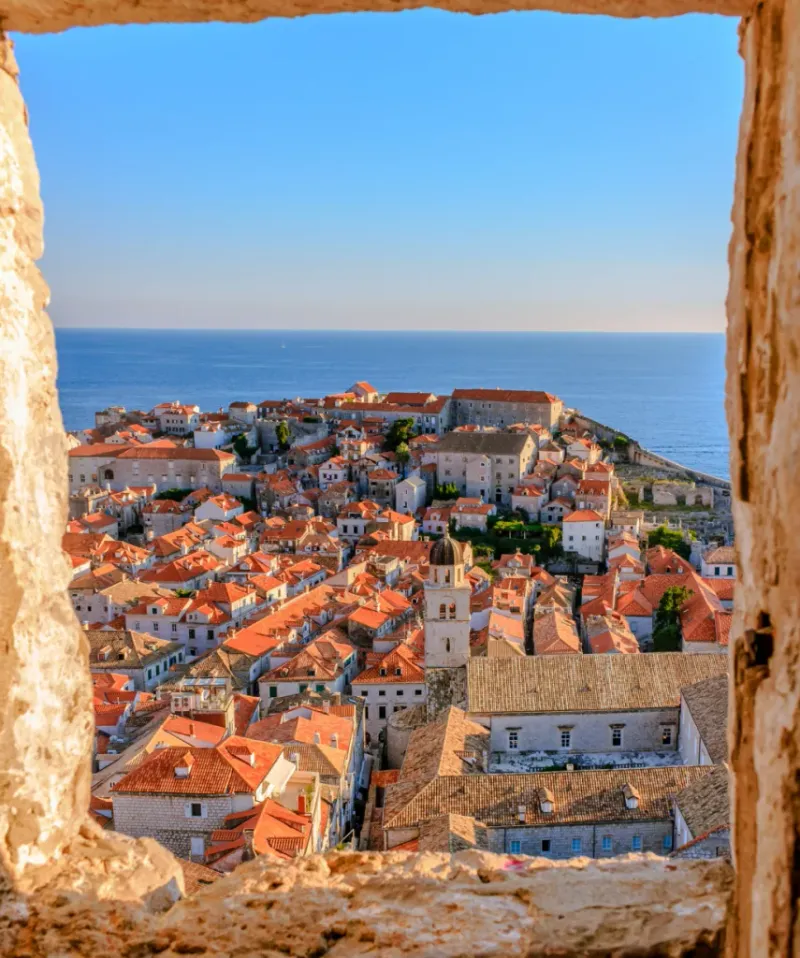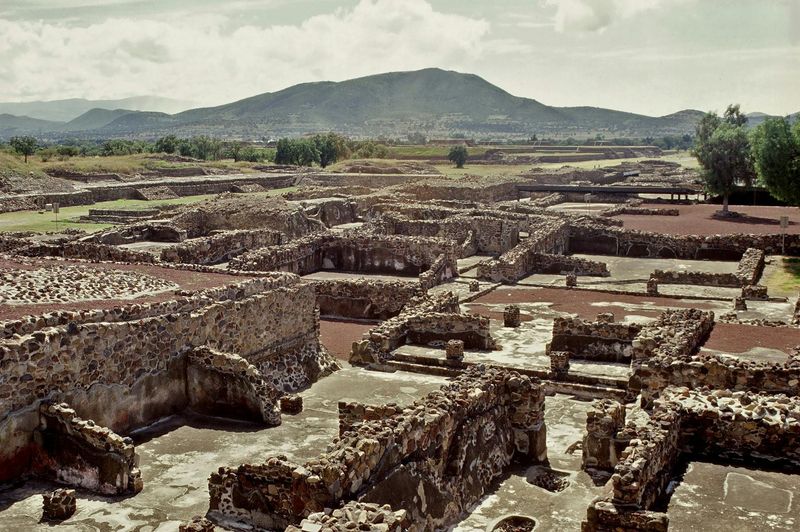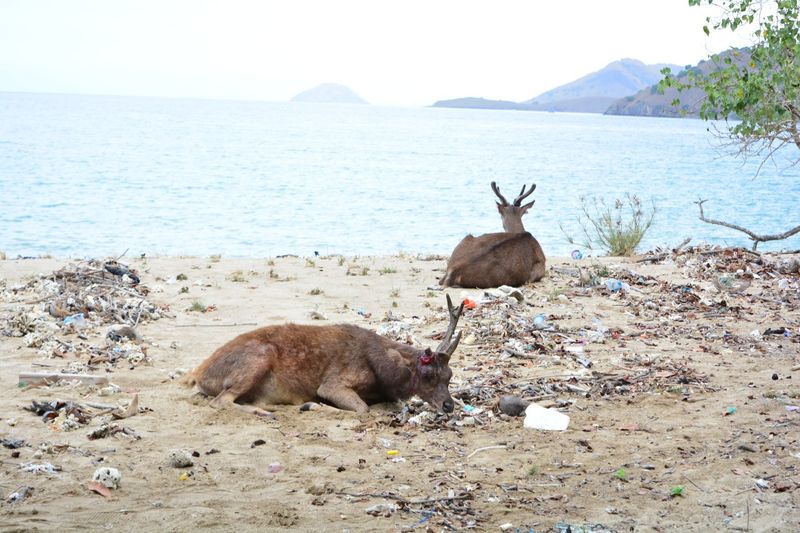Tourism has the power to bring incredible joy and economic benefits to destinations around the world. However, it can also lead to unintended consequences when not managed properly.
Over time, excessive tourism has caused significant damage to some of the world’s most precious sites. Here’s a look at 15 amazing places that no longer exist, having been lost to the ravages of overcrowding and mismanagement.
These stories serve as a reminder of the responsibilities we have as travelers to preserve the environments and cultures we visit.
1. Maya Bay, Thailand
Maya Bay, located in the Phi Phi Islands of Thailand, was a victim of its own popularity. The pristine beach, popularized by the movie “The Beach,” attracted thousands of visitors daily. This led to severe environmental degradation.
The delicate marine ecosystems, including coral reefs, suffered immensely from the boat traffic and human activity. The once-clear waters became murky, and wildlife fled the area.
In an effort to restore its natural beauty, authorities closed the bay indefinitely in 2018. This closure is a stark reminder of the impact human activity can have on fragile environments.
2. The Azure Window, Malta
The Azure Window was a stunning natural limestone arch in Malta, prominently featured in numerous films and TV shows. Over the years, it became a major tourist attraction. Tourists often climbed and walked on the arch, which weakened its structure.
Despite warnings, the constant foot traffic accelerated its erosion. In 2017, a storm caused the arch to collapse entirely.
This beloved landmark’s loss highlights how tourist activities can hasten the destruction of natural wonders. It serves as a reminder to tread lightly on our planet’s irreplaceable geographies.
3. The Great Barrier Reef, Australia
Once teeming with vibrant marine life, Australia’s Great Barrier Reef has suffered extensive damage due to tourism, climate change, and pollution. The influx of divers and snorkelers led to physical damage to the coral.
Furthermore, the increased boat traffic contributed to water pollution, exacerbating coral bleaching. This has caused significant portions of the reef to lose their color and life.
Efforts are underway to protect and restore the reef, but the damage serves as a critical lesson in sustainable tourism and environmental stewardship.
4. Machu Picchu, Peru
Machu Picchu, the iconic Incan citadel nestled in the Andes Mountains, faces threat from its own fame. The site’s popularity has led to overcrowding, with thousands of visitors trekking its paths daily.
This foot traffic has caused erosion and damage to the ancient structures. Concerns about preservation have led to limitations on visitor numbers and strict regulations.
These measures aim to protect the site for future generations, emphasizing the need for sustainable visitation practices to preserve cultural treasures.
5. Venice, Italy
Venice, renowned for its historic canals and architecture, struggled under the weight of over-tourism. The sheer volume of visitors strained the city’s infrastructure and contributed to environmental issues.
Large cruise ships further exacerbated the situation, causing damage to the delicate lagoon ecosystem. In response, Venice has implemented measures to limit tourist numbers and manage cruise ship traffic.
This situation underscores the need for balance between welcoming tourists and preserving the integrity of iconic destinations.
6. Galapagos Islands, Ecuador
The Galapagos Islands are famous for their unique wildlife, which inspired Darwin’s theory of evolution. However, tourism has threatened this delicate ecosystem. The constant influx of tourists brought invasive species and disrupted animal habitats.
Furthermore, the demand for resources led to environmental stress. Conservation efforts are underway to mitigate these effects, including strict visitor regulations and habitat restoration.
This serves as a reminder of the responsibility travelers have in protecting vulnerable natural habitats while exploring them.
7. Cinque Terre, Italy
Cinque Terre, a picturesque coastal area in Italy, saw an overwhelming influx of tourists drawn to its charming villages and scenic views. This led to overcrowding, straining local resources and infrastructure.
The narrow paths became congested, impacting residents’ daily lives and the environment. In response, authorities imposed limits on visitor numbers to preserve the area’s character.
This situation highlights the importance of sustainable tourism practices in maintaining the balance between economic benefits and community well-being.
8. Santorini, Greece
Santorini, renowned for its stunning sunsets and architecture, struggled with the impacts of mass tourism. The island’s popularity led to overcrowding, particularly during peak seasons.
The influx of tourists strained local infrastructure and resources, causing environmental concerns. Efforts have been made to manage visitor numbers through regulations and infrastructure improvements.
These measures aim to ensure that Santorini remains a beautiful and sustainable destination for future visitors.
9. Boracay, Philippines
Boracay, once known for its pristine beaches and vibrant nightlife, faced severe environmental degradation due to over-tourism. The influx of tourists led to pollution and unregulated development.
The delicate marine ecosystems suffered, prompting the government to close the island for rehabilitation in 2018. This bold move allowed for restoration and the implementation of sustainable tourism practices.
It serves as a case study in the importance of balancing tourism growth with environmental preservation.
10. Tulum, Mexico
Tulum, home to ancient Mayan ruins and beautiful beaches, became a hotspot for tourists seeking sun and history. However, the surge in visitors led to wear and tear on the historic structures.
The crowding impacted the site’s integrity, prompting authorities to enforce stricter access controls. Efforts to manage tourism sustainably are in place to protect this cultural gem.
Visiting Tulum now requires a conscious effort to respect and preserve its historical significance.
11. Easter Island, Chile
Easter Island, famous for its iconic Moai statues, faced the challenges of over-tourism. Visitors often got too close to the statues, leading to physical damage.
The island’s isolation made it difficult to manage the influx of tourists effectively. In response, regulations and conservation efforts were introduced to protect the cultural heritage.
This situation highlights the need for mindful tourism practices to safeguard irreplaceable historical sites.
12. Antelope Canyon, USA
Antelope Canyon, with its stunning wave-like sandstone formations, became a sought-after destination for photographers and tourists alike. The narrow passageways often became crowded, causing safety and conservation concerns.
To protect the canyon, access is now regulated, with guided tours required. This ensures the preservation of its natural beauty while allowing visitors to enjoy its splendor.
Such measures exemplify how balanced management can help maintain the integrity of natural wonders.
13. Old Town Dubrovnik, Croatia
Dubrovnik’s Old Town, a UNESCO World Heritage site, gained massive popularity partly due to its use as a filming location for “Game of Thrones.” This led to overwhelming tourist numbers.
The influx strained the city’s infrastructure and posed threats to its cultural heritage. Measures have been taken to manage tourism flow and protect the ancient architecture.
The situation illustrates the delicate balance needed between tourism promotion and heritage conservation.
14. Teotihuacan, Mexico
Teotihuacan, with its monumental pyramids, attracted tourists eager to explore its ancient mysteries. However, excessive foot traffic on the structures led to deterioration.
Efforts are now in place to restrict access and preserve the site for future generations. Conservation measures aim to balance tourism with the preservation of this historical wonder.
This serves as a reminder of the impact of human activity on ancient landmarks and the need for responsible tourism.
15. Komodo Island, Indonesia
Komodo Island, home to the famed Komodo dragons, faced environmental challenges due to increased tourism. The influx of visitors disrupted the natural habitat and threatened the species.
In response, conservation efforts were implemented, including restrictions on visitor numbers and habitat preservation programs.
This highlights the critical need for sustainable tourism practices to protect endangered species and their ecosystems.
